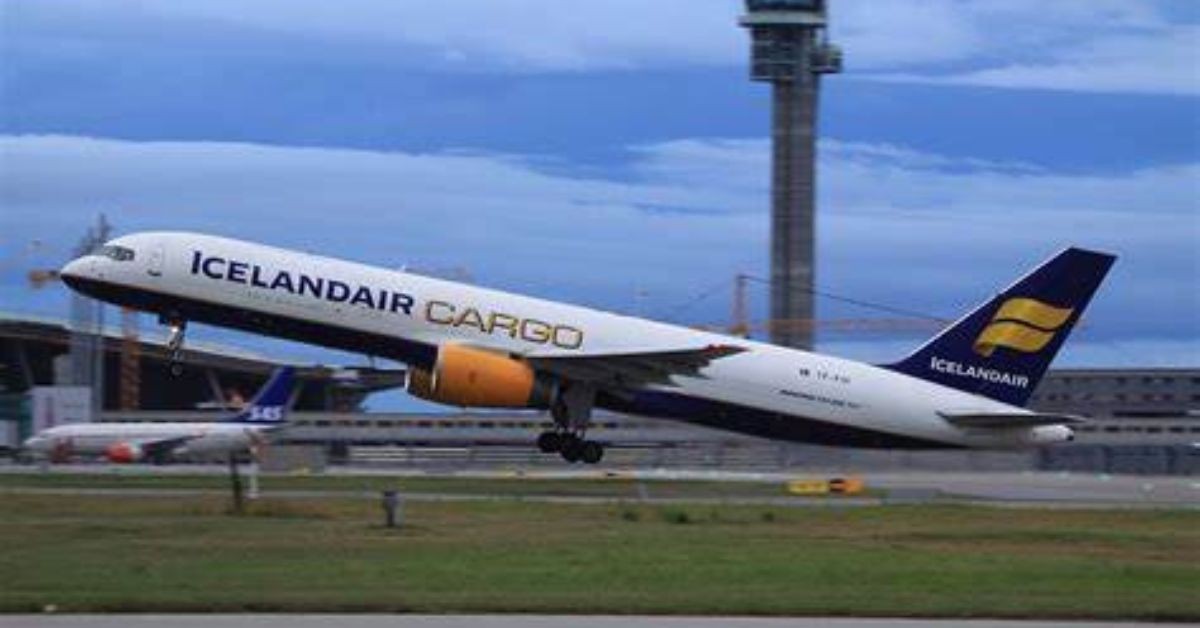United and Southwest Outpacing Competitors with Largest and Most Specialized Fleets Among US Airlines in 2025 - Travel And Tour World
Saturday, May 24, 2025

The United States remains home to the world’s largest airline fleets, led by the dominant Big Four carriers: , , , and .
These carriers not only drive the nation’s air travel but also influence global aviation trends. In 2025, understanding how their fleets compare in size, age, and aircraft composition offers insight into their operational strategies, market positioning, and future readiness.
According to data from and corroborated by the fleet registries, , with as of early 2025. This includes a diverse mix of narrow-body and wide-body jets, with a strong leaning toward Boeing.
More than half of United’s fleet consists of models, reflecting the airline’s longstanding relationship as one of Boeing’s top customers. Airbus jets represent less than 20% of its total fleet, signaling a clear Boeing preference.
United’s emphasis on wide-body aircraft—comprising about 22% of its fleet—supports its extensive long-haul and international network. This diversity in aircraft sizes enables United to serve a broad range of markets, from domestic hubs to transoceanic routes.
While United boasts the largest fleet, it also holds the distinction of having the . This figure is sourced from aviation data analytics sites such as Planespotters.net and the FAA.
Notably, United’s oldest active aircraft is a delivered in April 1991 (registration N641UA), reflecting the airline’s practice of maintaining certain older, reliable jets in operation.
Delta Air Lines closely follows with an average fleet age of about but operates the —a registered as N649DL, primarily used for charter services. Delta also operates several of the next 21 oldest jets, mostly Boeing 757s and 767s from the late 1980s and early 1990s.
Delta’s fleet exhibits a more balanced composition of manufacturers compared to United. Approximately .
Delta is unique among the Big Four in operating , including the A330 and A350, allowing it to deploy these planes across long-haul international routes. Narrow-body operations largely rely on Boeing, reinforcing operational flexibility and efficiency in fleet management.
American Airlines operates slightly fewer aircraft than United, with a fleet of around per Ch-aviation data. However, its fleet is on average .
American maintains an almost equal split between Airbus and Boeing aircraft, with the notable exception that all of its Airbus jets are , while Boeing provides both narrow- and wide-body jets.
American Airlines Group, when including regional affiliates, transported , the highest volume worldwide, reflecting its extensive network and market dominance.
Southwest Airlines’ fleet strategy starkly contrasts with the mainline carriers. As a pioneering low-cost carrier (LCC), Southwest operates an all-Boeing 737 fleet, comprising 802 aircraft, according to aviation data sources.
This single-type fleet model reduces maintenance complexity and training costs, supporting Southwest’s low-cost business model. However, this narrow focus on one aircraft type limits route flexibility, especially for longer international flights typically served by wide-bodies.
Despite having the smallest fleet among the Big Four, Southwest operates a similar number of narrow-body aircraft compared to the others.
Delta has faced challenges with Airbus aircraft procurement due to ongoing US-EU trade disputes resulting in tariffs of up to 15% on imported aircraft.
To mitigate costs, Delta has employed creative strategies such as redirecting Airbus A350 deliveries through non-tariff jurisdictions, ensuring compliance and cost efficiency.
These trade tensions have influenced fleet expansion and renewal plans, requiring carriers to be agile in procurement strategies while maintaining growth objectives.
Each carrier’s fleet composition reflects its market approach and operational priorities:
According to the US Department of Transportation (DOT) and FAA, ongoing investments in newer, more fuel-efficient aircraft are crucial to meeting environmental standards and reducing operational costs, especially as airlines face increased regulatory pressure to reduce carbon emissions.
| Airline | Fleet Size | Average Fleet Age (years) | Boeing % | Airbus % | Wide-body % | Narrow-body % |
|---|---|---|---|---|---|---|
| United | 1,023 | 15.8 | 81% | 19% | 22% | 78% |
| Delta | 979 | 15.2 | 50% | 50% | 20% approx. | 80% approx. |
| American | 988 | 14.1 | 51% | 49% | 13% approx. | 87% approx. |
| Southwest | 802 | 11.6 | 100% | 0% | 0% | 100% |
The Big Four US airlines operate some of the largest and most complex fleets in the world. Their fleet strategies are shaped by market focus, regulatory environments, and competitive positioning. While United leads in sheer size, it also faces challenges related to fleet age.
Delta’s balanced Airbus-Boeing mix and newer aircraft provide a competitive edge for long-haul growth. American Airlines blends volume and modernity, maintaining the highest passenger numbers globally. Meanwhile, Southwest’s focused Boeing 737 fleet supports its cost-effective, short-haul dominance.
Together, these carriers shape the landscape of US aviation, reflecting both traditional strengths and evolving market demands.
Source: Business Insider











